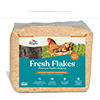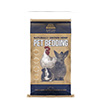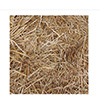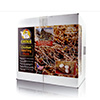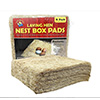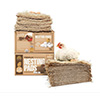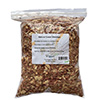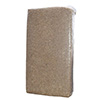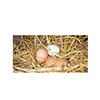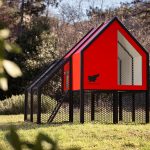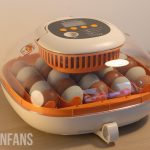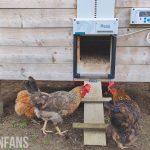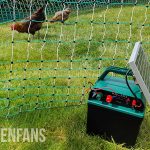Best Bedding for Chicken Nesting Box
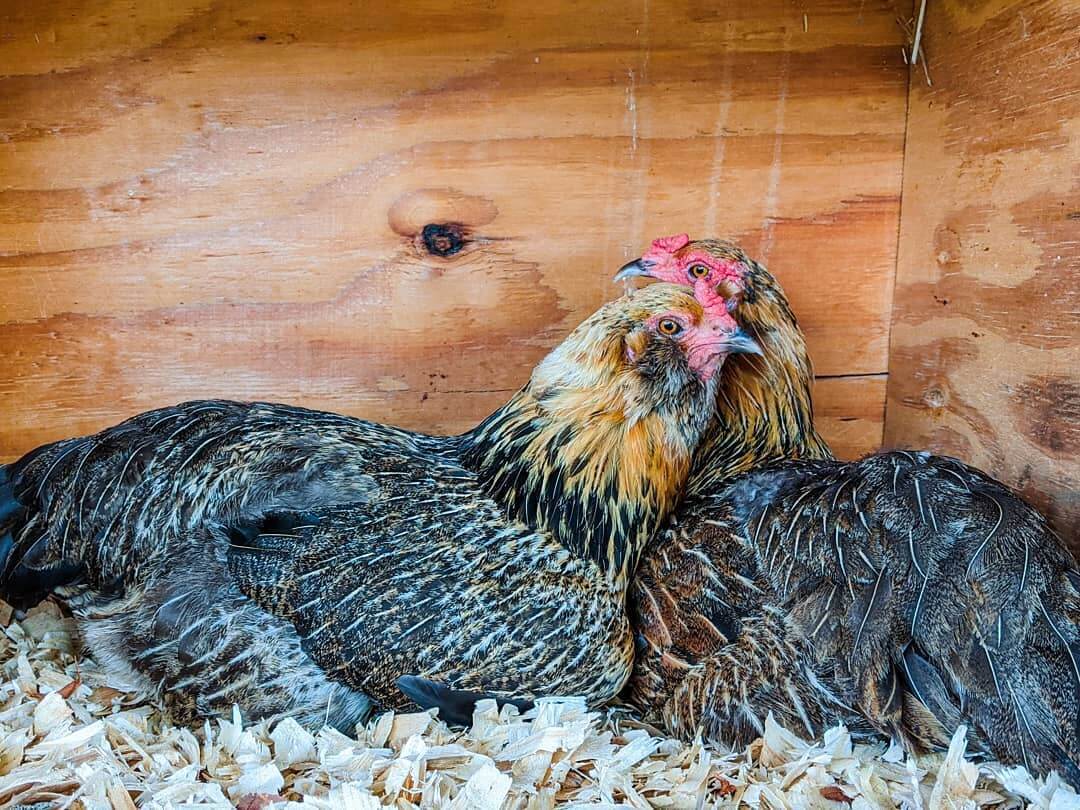
Chicken Fans is reader-supported. When you buy through our links, we may earn a commission. Learn more about our privacy policy and disclaimer.
A hen’s nesting box is where they feel safe, enclosed, and comfortable. So, comparing all options on the market to choose the best one for your flock is important. If your chickens don’t like the bedding, they’ll find another place to lay their eggs.
Let’s start by addressing our favorite nesting box bedding materials:
BEST NESTING BOX BEDDING
Why use Bedding inside a Nesting Box?
Chickens use nesting boxes solely for laying eggs or brooding. So the type of bedding you use inside the coop isn’t necessarily the best choice for the nesting box.
Be careful to choose the suitable material and keep it in place. Soiled, kicked-out, rotten bedding material can cause dirty or cracked eggs, a filthy brooding spot, or pests like lice or mites.
Six reasons to use soft bedding inside the nesting box:
- Prevents eggs from breaking
- Less dirty eggs
- Warm in the winter months
- Comfortable
- Creates a ‘safe haven’ for your hens
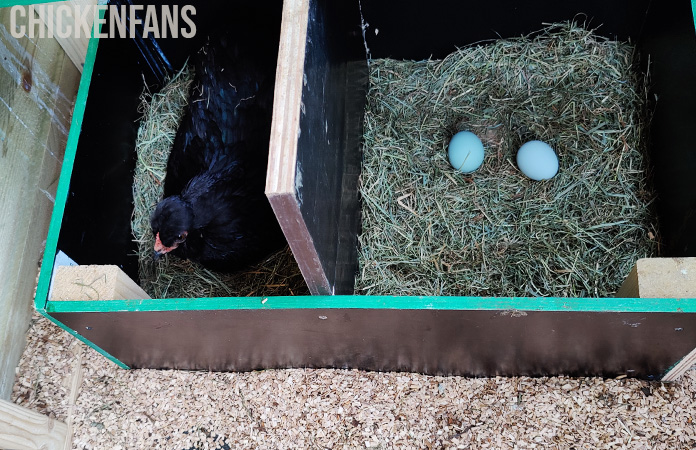
We’ll address the most common nesting box bedding choices and review them individually.
Our Top Choices for Nesting Box Bedding
Nesting Box Pads
There are numerous advantages to using nesting box pads instead of loose materials, like pine shavings or straw, as a bedding option:
- Chickens can’t kick nesting pads out of the nesting box
- Less chance of broken eggs
- Easy to clean or replace
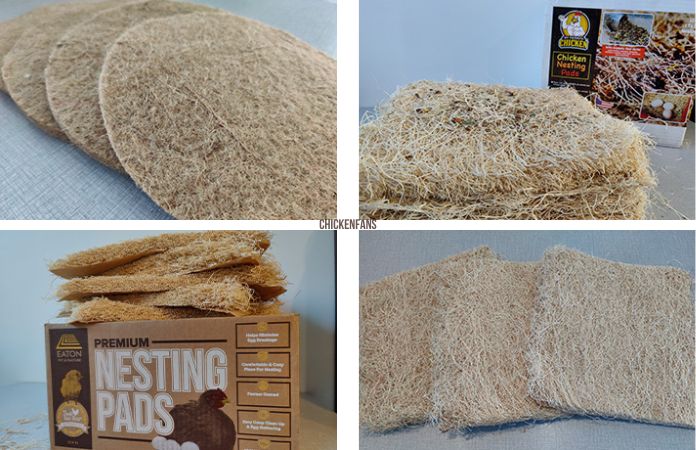
These advantages make nesting box pads our favorite bedding material inside the nesting box. If you want to read an in-depth article comparing all types of nesting box pads, go to our ‘All about nesting box pads‘ post.
Or go to our brand-specific reviews: ‘Eaton Pet and Pasture Nesting Pads: Review‘ and ‘My Favorite Chicken Aromatic Nest Pads: Review‘.
Why use Nesting Box Pads?
Chickens tend to scratch their feet everywhere, including in the nesting box. Over time, if straw or wood shavings are used as bedding, the chickens will displace the material with their scratching, leading to empty nesting boxes and an increased risk of broken eggs. Unfortunately, this behavior of eating freshly laid eggs can become a difficult habit for chickens to break.
Reusable nesting pads made of plastic or rubber are popular because of their ease of cleaning. You can shake out any loose dirt or hose them down.
Another popular nesting pad material is organic bedding like straw, hemp, or aspen. These nesting pads aren’t reusable but must be disposed of (or composted) after use. Organic nesting pads will still last for several weeks to months.
What type to use is up to you! Prices of nesting pads are relatively low, so you can try out whichever suits your hens best.
BEST NESTING BOX PADS
Wood shavings
Any wood shavings, like pine or cedar shavings, are popular choices to put inside a nesting box.
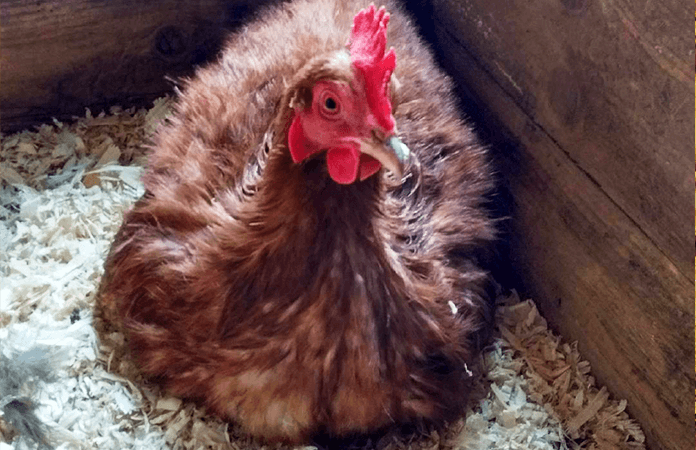
Wood shavings are warm, soft, comfortable, clean, and easy to purchase in farm stores, although they are pricier than straw or hay. Cedar shavings are very popular because of their pleasant aroma and neutralizing effect. The smell also works as a natural insect repellent.
The downside is that the enchanting smell of cedar shavings can irritate the respiratory system of your chickens, albeit a controversial topic. So if you notice some heavy breathing or squeaking, this might not be your ideal solution.
BEST WOOD SHAVING NEST BOX BEDDING
Hemp
Hemp has become a popular choice as chicken coop bedding for several reasons. Firstly, hemp is an environmentally friendly option as it is grown without the use of harmful pesticides or chemicals. Hemp also has natural anti-bacterial properties, making it a great option for chicken coops where hygiene is important.
Another advantage of hemp bedding is its absorbent qualities. Hemp can absorb up to three times its weight in moisture, making it ideal for controlling odors and keeping the coop dry. It also breaks down more easily and quickly than many other bedding options, making it a great option for composting.
BEST HEMP NESTING BOX BEDDING
Straw
Straw and hay are not the same and serve different purposes. Hay is a type of food crop grown specifically to feed farm animals, while straw is the byproduct of grain crops and is used as bedding material.
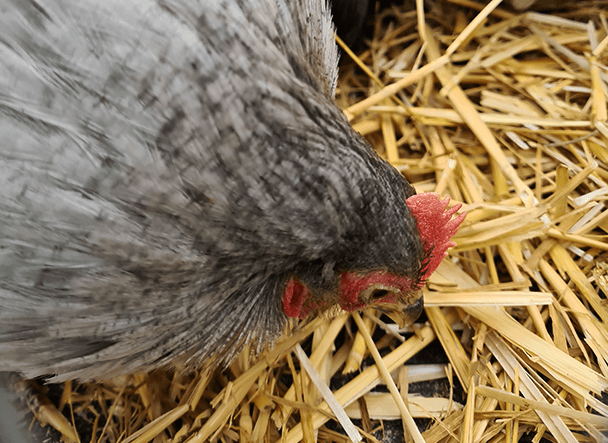
Straw is commonly used as bedding for farm animals. In addition to being compostable, it offers comfort, residual warmth, and healthy germ balance. It’s easy to find and cheap to buy.
But straw has several disadvantages, including a tendency to produce unpleasant odors as it begins to rot and difficulty in cleaning. Replacing dirty and decaying straw can be challenging and unpleasant, and the need to do so frequently arises.
Look for absorbent varieties, such as oat straw or extra absorbent straw especially made for small animals like poultry.
BEST STRAW NESTING BOX BEDDING
Summary
The right bedding material in the nesting box is crucial for maintaining clean and undamaged eggs. Additionally, creating a comfortable and secure environment for your hens during egg-laying is essential. Fortunately, all of the favorite options, like nesting box pads, straw, hemp, and pine shavings, are affordable and readily accessible, allowing you to experiment with different materials until you find the perfect one for your chickens!
Credits Featured Image: Kristen Ellison @redbirdranch (IG)
